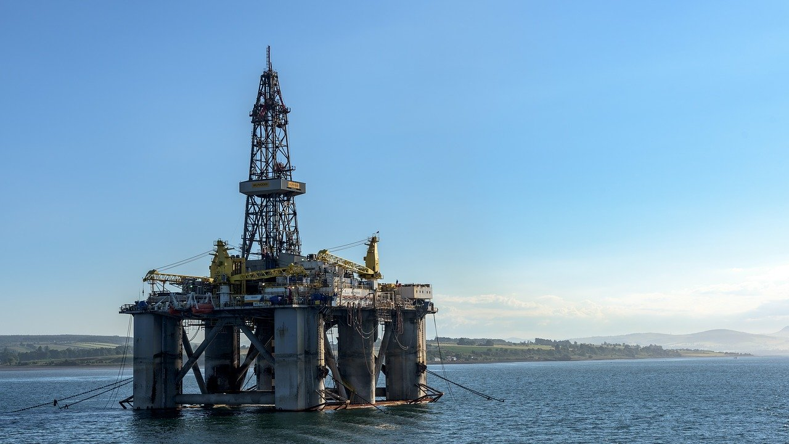6 Levers to Reduce Decommissioning Costs

Estimated reading time: 7 minutes

Decommissioning is the process of ending offshore oil and gas operations at an offshore platform and returning the ocean and seafloor to its pre-lease condition. With a huge number of offshore rigs expected to reach the end of their production cycle over the next ten years, the global need for technical decommissioning specialists is expected to keep growing, with annual spending projected to reach $13 billion within the next 25 years.
As per governments orders, oil and gas operators worldwide are required to cut down on the costs of decommissioning wells and installations by 30% or more. But to achieve reduction of this magnitude is not an easy task. In order to meet these demands, BCG has developed 6 Levers to Reduce Decommissioning Costs.
- Fit-For-Purpose Designs and Technology
- Intelligent Multiproject Campaigns
- Excellent Project Planning and Execution
- Factory Model
- Innovative Contracting Models
- The Right Team
Fit-For-Purpose Designs and Technology
Operators often select designs and technologies that are more complex and expensive than required for a specific project. By using designs and technologies that are “fit for purpose”—that is, adequate for meeting legal and technical requirements—they can reduce decommissioning costs by at least 10%.
Intelligent Multiproject Campaigns
Operators typically execute P&A or removal projects on a standalone basis. This limits their opportunities to build and apply knowledge over a series of projects and to create efficiencies for suppliers. According to a paper published by IOP, cluster decommission programs are the new trend now. By designing and executing multiple projects as part of cohesive campaigns, operators can reduce decommissioning costs by at least 10%.
Excellent Project Planning and Execution
Operators have observed vast differences in project performance, both offshore and onshore. Some operators are two to three times more cost efficient than others in removal projects. (See “The North Sea’s $100 Billion Decommissioning Challenge,” BCG article, March 2017.) Operators can promote cost efficiency by ensuring competitive estimates and high-quality execution. Excellence in project planning and execution can help reduce decommissioning costs by at least 5%.
Factory Model
A fit-for-purpose approach is not optimal for every decommissioning project. A standardized approach—known as a “factory model”—may be more effective for P&A of simple wells, removal of small, low-complexity structures, and site remediation work. It is applicable in onshore and offshore regions with suitable wells, structures, and sites. On appropriate projects, the factory model can help reduce decommissioning costs by at least 5%.
Innovative Contracting Models
Contracting for decommissioning projects is different from contracting for development or construction projects. By using innovative contracting approaches to take advantage of these differences, leading industry players have been able to reduce decommissioning costs by at least 5%.
The Right Team
Creating a dedicated, specialised decommissioning team can help operators reduce decommissioning costs by at least 5%. According to a PwC report, one of the major challenges in a decommissioning plan is attracting the necessary talent to manage and execute these projects successfully. Such teams enable both excellent projects and successful campaigns by ensuring that the operator has access to a strong knowledge base. Outside the Gulf of Mexico, decommissioning knowledge lies with individuals rather than organisations, because most operators have never undertaken a decommissioning project or fail to retain experienced decommissioning personnel after projects are completed.
Decommissioning can be a very expensive procedure and no single lever is sufficient by itself. Therefore, to realise cost reductions of as much as 30%, stakeholders must apply each of the levers relevant to the project or campaign. In some cases, costs can be minimised by reusing platforms as artificial reefs, weather stations, research centres, energy production sites and CO2 storage sites. The decommissioning program varies greatly based on the maturity of a region, the regulation in place, and the appetite from oil company to push ahead. Without a continued focus on this part of the oil and gas industry, the likelihood of sub-optimal decommissioning decisions rises, which can lead to detrimental effects on the environment in the future.
 |
 |
Managing and Minimising Decommissioning and Abandonment Cost Liabilities is a 3-day training course held from 20 – 22 April 2020 (Kuala Lumpur). This course is designed to equip the delegates with techniques to minimize the impact of increases in liability estimates. Built on significant practitioner experience in this area with several major, and smaller, Oil and Gas Operators, this course will introduce and demonstrate good practices designed to highlight how to manage the uncertainties inherent in decommissioning and abandonment operations. It will also provide attendees with the ability to improve the quality of provisioning management with the aim of managing financial planning and reducing actual costs and the likelihood of unexpected cost overruns.
Unable to make it for April Course? Contact us for other available dates.
